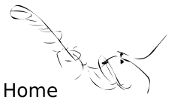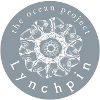Living Data
Saltwater Forum
Living Data contributes knowledge of sex in the sea to Keeping Company Saltwater Forum
Manly Art Gallery & Museum, Sydney 1 November
Knowing where, when and how marine creatures have sex is vital for ensuring their conservation. Here are extracts from panel presentations on the possibilities and junction of art and science with a focus on the cultural, scientific and creative meaning of saltwater.
Lisa Robertstalks about oceanic energy systems and how the Living Data program works to animate ocean science data.
Transcript:
This is a krill embryo. I was fortunate [at the AAD] to witness the birth of a krill.
To be working with scientists you're often bound to secrecy in certain things. This is the first observation and recording of the entire mating sequence that was happening somewhere they [the scientists] didn't expect it to be. [AAD scientist So Kawaguchi said] 'Hang on a minute, I can see something happening here'. He recognized this female krill being chased by two males.
I first heard about this dance of krill at a book launch at the Tooronga Zoo here. Somebody there had seen this [video] and she described it [with her arms] like this, circling and spiraling. And they're my thing. As a dancer I love those forms. And so I had to see that footage. And so I rang up to ask about it and they sent it to me and invited me to trace it frame by frame, to help them work out what's the most likely thing that's going on here. And that's what science is all about - with all the available information that we have, to work out the most likely description or explanation.
With these stories that I come to animate, in conversation with scientists, I put them together to give a sense of the big picture overview of what's happening in the ocean. And I've been given these beautiful silks, strips of silk material that have come out of what's called a Continuous Plankton Recorder.
This is hormosira banksii, or Neptune's Necklace, [a seaweed] that you're probably familiar with up and down the coast here in Australia.
Lisa Roberts. Excerpt from the fifteen-minute looping Oceanic Living Data Rozelle School of Visual Arts, Sydney, 26 March 2012.
This [picture of the Climarte Exhibition opening in Melbourne this year] is just to inspire us to know that we are part of a much bigger picture. It's like we are becoming parts of each others' stories.
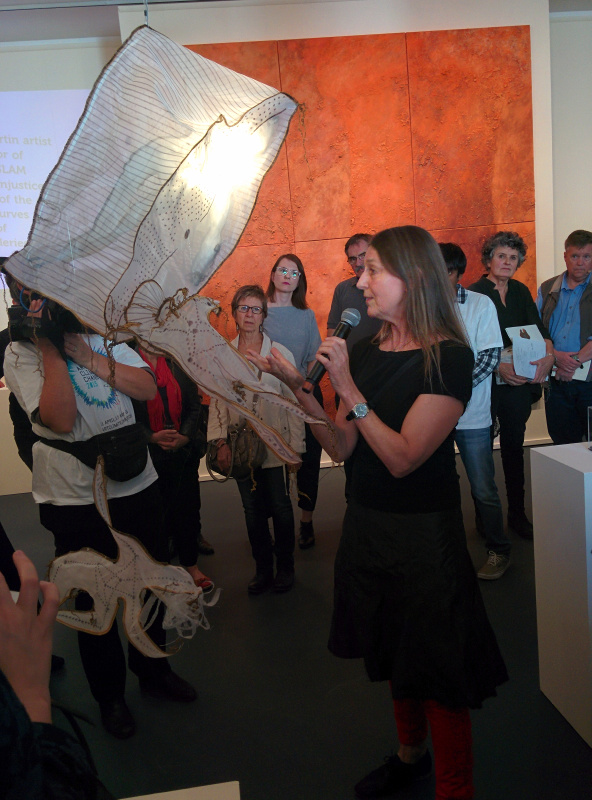
Lisa Roberts explainsWill she feed the fish? in the Cabinet of Curiosities exhibition for Australian Galleries, Melbourne, Sunday 3 May 2015, curated by artist Amanda Martin(far right). William L. Fox, Director, Centre for Art + Environment, Nevada Museum of Art, led the artist presentations.
Photo: Joseph Kiraly
This [picture] is at SIMS [Sydney Institute of Marine Science], where some of the same [phytoplankton] forms are suspended, as are seen in the animation.
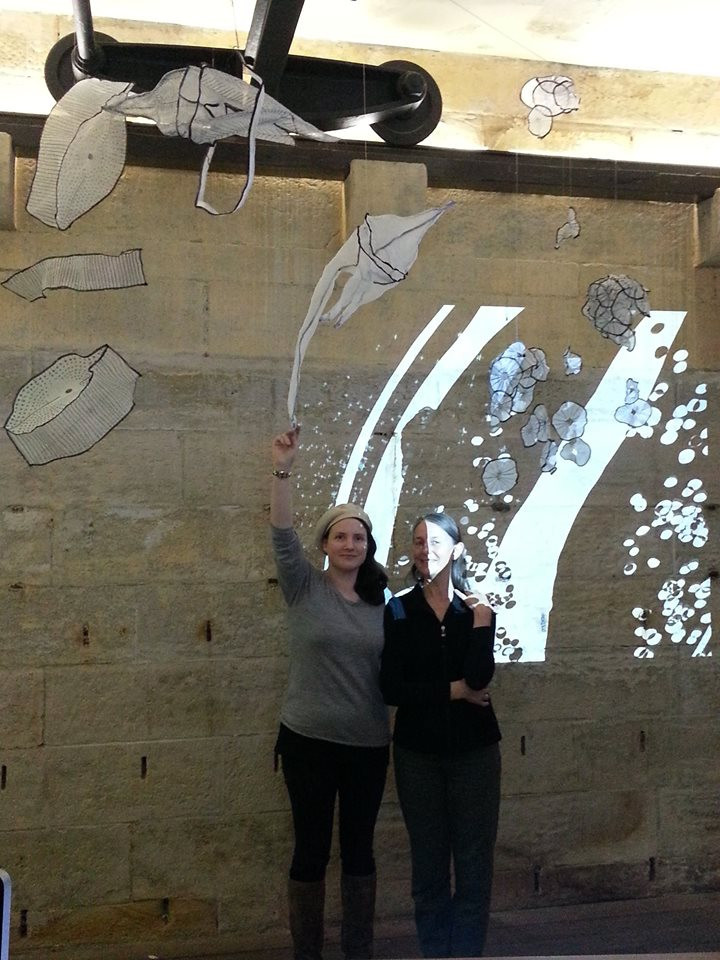
Lisa Roberts (right) with An Marosszeky, with Lisa's Oceanic Living Data installation at SIMS. Photo: Inke Faulkner
So these are the drawings brought to life. These dots are the ancient Chinese calligraphic form for Ocean, motion captured in the Motion Capture Studio [at UTS], to give a sense of both the phytoplankton and the human form's ancient expression of connection to the ocean.
The music is another huge project, ex Oceano, which is a composer's response to many many conversations with ocean scientists in Hobart.
We are all a little part of a huge story.
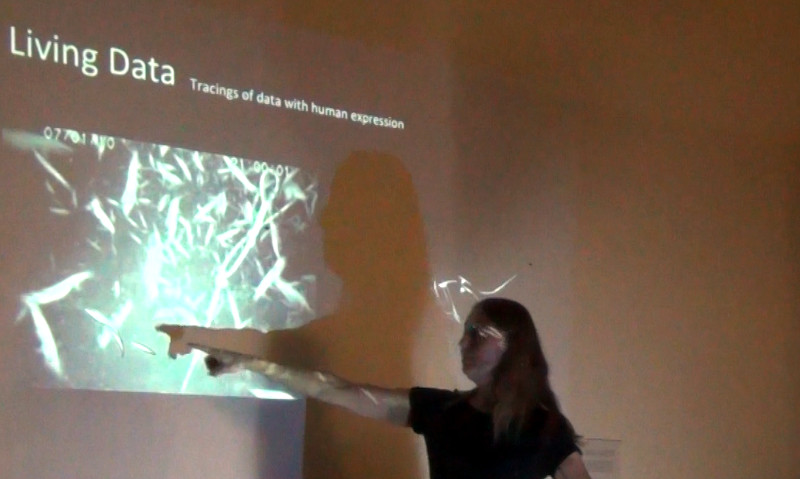
Hang on a minute, I can see something happening here.
